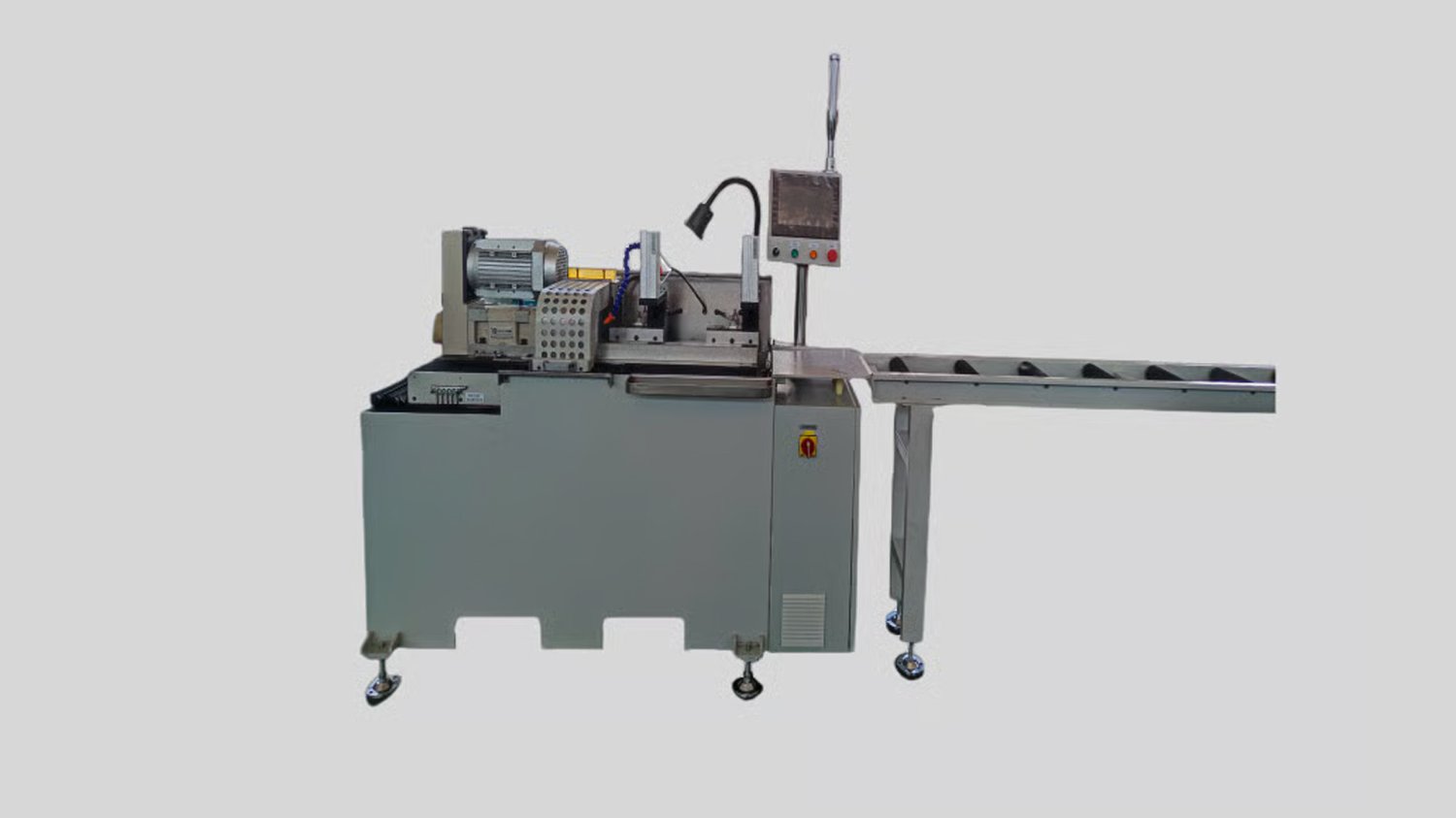The Importance of automatic feed system accuracy rates
Automatic feed systems play a crucial role in the efficiency and productivity of various industries. High accuracy rates are essential for ensuring consistent and reliable operation.
Factors Affecting Accuracy Rates
Several factors can impact the accuracy rates of automatic feed systems, including the quality of the components, maintenance procedures, calibration processes, and environmental conditions.
Benefits of High Accuracy Rates
High accuracy rates offer numerous benefits, such as reducing material waste, improving product quality, increasing overall efficiency, and minimizing downtime due to errors.
Challenges in Achieving High Accuracy Rates
Despite the advancements in technology, achieving and maintaining high accuracy rates in automatic feed systems can be challenging. Factors like mechanical wear, software glitches, and operator errors can all contribute to inaccuracies.
Methods for Improving Accuracy Rates
There are several methods that can help improve the accuracy rates of automatic feed systems, including regular maintenance, proper calibration, investing in high-quality components, and providing adequate training for operators.
Technological Advancements in Automatic Feed Systems
Recent technological advancements, such as the integration of advanced sensors, real-time monitoring systems, and machine learning algorithms, have greatly improved the accuracy rates of automatic feed systems.
The Role of Data Analysis in Enhancing Accuracy Rates
Data analysis plays a crucial role in identifying trends, patterns, and potential issues in automatic feed systems. By analyzing data, operators can make informed decisions to optimize accuracy rates.
Industry Standards for Automatic Feed System Accuracy
There are industry standards and regulations in place to ensure that automatic feed systems meet certain accuracy requirements. Compliance with these standards is essential for maintaining quality control and safety.
The Future of Automatic Feed System Accuracy
As technology continues to advance, the future of automatic feed systems looks promising. Innovations in automation, artificial intelligence, and data analytics are expected to further enhance accuracy rates and improve overall performance.
Conclusion
Improving automatic feed system accuracy rates is essential for maximizing productivity, reducing waste, and ensuring quality control. By understanding the factors that influence accuracy rates and implementing effective strategies for improvement, industries can optimize the performance of their automatic feed systems.

